Hardware
We need hardware:
ESP8266 microcontroller Nodemcu or D1 Mini
Optional:
3D printed housing
Screws & melting thread
First of all, the display must be connected to the microcontroller. This can either be connected via a cable connection directly soldered, or via a self -cramped cable, which is plugged into the pen strip of the display.
| ESP8266 Node MCU | 2.9 “Epaper display | |
|---|---|---|
| 3V3 | VCC | |
| Gnd | Gnd | |
| D7 | SDI | |
| D5 | SCLK | |
| D4 | CS | |
| D2 | D/C | |
| D1 | Reset | |
| D3 | Busy |

Wiring with a socket bar
Soldering the socket bar as shown
software
The required software consists of two parts:
1 Google script
First go to the Google Calendar website, register with your account and create a new calendar on the left at "More Calendar". Under this calendar, you will save all appointments that are to be displayed on the display in the future.
Now open the Google Script website, register with the same Google account as above. Next, click on the "New Project" button on the top left,

Now a window opens in which you copy the following code:
// Copyright (c) 2024 Bastian Brumbi
function thread(E) {
var Str = '';
// Calculate the start and end time of the calendar query
var start = new Date();
start.sethours(0, 0, 0);
const oneday = 24*3600000;
const Stop = new Date(start.frozen() + 14 * oneday); // 14 days
// read data from calendars (copy for several calendars)
var calendar = Calendarapp.GetcalendarsByname('test')[0]; // Enter the name of the calendar here
IF (calendar == undefined) {
Logger.log("No access");
return Content service.CreateTETEXTOUTPUT("");
}
// Call appointments
var events = calendar.GETEFENTS(start, Stop);
// form a string from the data, which is finally returned via the API link
for (var II = 0; II < events.length; II++) {
var event=events[II];
Str += event.Get -start time() + ';' +
event.fetitle() +';' +
event.dip() + ';'
;
}
return Content service.CreateTETEXTOUTPUT(Str);
}

Finally, press the blue field “Provide"And choose there"New provision" out of. In the newly opened window, select the deployment option “Web app“.

Now enter a description and change the right of access to "Everyone". In the next step you will be a "Defective ID"Displayed. This is the Api-Key, via which the ESP can later access the data. This must then be inserted into the source code. To test the script, you can open the link below. As a result, the dates of the next 14 days with a start and end date should be displayed separately with a semicolon.
This script only reads the dates from a calendar. If you want to display several calendars, you have to copy the block and insert it with a changed calendar name. (However, only the first 4 appointments of the chain are displayed on the display).
If you want to read further data from your calendar, you will find the necessary information in the Google Developer Docs.
2 Arduino Ide/Platform IO
Arduino IDE
First you have to install the associated libraries:
If you are programming a microcontroller with ESP8266 processor for the first time, you must still Preferences in the Board administrator-URL Copy field: http://arduino.esp8266.com/stable/package_esp8266com_index.json. Then install via the Board manager the ESP8266 Package.
Platform io
Copy the following lines into the Platformio.ini file of your project:
[ENV: ESP8266]
platform = Espressif8266
board = d1_mini
framework = Arduino
monitor_speed = 115200
lib_deps =
bblanchon/arduinojson@^7.1.0
https://github.com/electronicsguy/HTTPSRedirect.git
wifi
zinggjm/gxepd2@^1.4.8
adafruit/adafruit gfx library@^1.11.10
The sketch
First, the required libraries and the fonts (fonts) installed with the Library display are integrated.
XXXXXXXXXX
// Copyright (c) 2024 Bastian Brumbi
// Google Calendar Epaper
// https://github.com/bblanchon/arduinojson
// https://github.com/electronicsguy/esp8266/tree/master/httpsredirect
Subsequently structs created for the individual dates and their time. These are then saved in the form of a list of four elements.
const intimately Max_entries = 4;
struct Time { //Time
String day;
intimately date;
intimately house;
intimately min;
};
struct Entrry { // calendar events
String title;
Time start;
String start date;
Time end;
String final date;
};
Entrry entries[Max_entries]; // List of events
After that, variables for the line break are initialized for longer names and for the network.
intimately offset = 0; // shift in the case of a line break
// Enter api-key here
char const * const dsthost = "script.google.com";
char const * const DStpath = "/Macros/S/Key/Exec";
intimately const DStport = 443;
// Enter WLAN access data here
String SSID = " ";
String Password = " ";
Now we create objects for the Wificlient, which will later be used By the which will later be used By removing the comment sign of the line.
Wificlient client;
Gxepd2_3c<Gxepd2_290c, Gxepd2_290c::Height> Display(Gxepd2_290c( 2, 4, 5, 0));
// GDEW029Z10 128x296, UC8151 (IL0373)
// gxepd2_3c <gxepd2_290_c90c, max_hight (gxepd2_290_c90c)> Display (GXEPD2_290_C90C (2, 4, 5, 0));
// gxepd2_3c <gxepd2_290_z13c, gxepd2_290_z13c :: Height> display (gxepd2_290_z13c (2, 5, 0));
// gdeh029z13 128x296, UC8151D
// gxepd2_3c <gxepd2_290_c90c, gxepd2_290_c90c :: Height> display (gxepd2_290_c90c (4, 5, 0));
// gdem029c90 128x296, SSD1680
Below you can set the colors of the title, the appointments and the appointment time, as well as the title.
String title = "Upcoming appointments";
void extractdata(const String& Str);
String getvalue(String data, char separator, intimately index);
void readcalendar();
void display event(intimately I, intimately y);
void convime();
void convayname();
void error code();
In the set up() Only the display and the LED status is initialized.
void set up() {
pin mode(15, OUTPUT); // Status LED
Display.init(115200);
Display.setrotation(3);
Display.Setfullwindow();
}
In the Loop () The ESP first connects to the WLAN, during which the status LED flashes. If no connection is still established after 20 seconds, the ESP is restarted. After a successful connection, the display is using the method Display event () described.
void loop() {
pin mode(15, HIGH);
Wifi.fashion(Wifi_sta);
Wifi.Begin(SSID, Password);
long t_start = Millis();
while (Wifi.status() != Wl_connected) {
digital(15, Low);
delay(500);
digital(15, HIGH);
delay(250);
IF(Millis() - t_start > 20000) ESP.remaining start(); // No prohibition after 20 seconds - restart
}
Display.first page();
do
{
readcalendar();
convime();
convayname();
Display.Fillscreen(Gxepd_white);
Display.set font(&Freemonobold12pt7b);
Display.setcursor(20, 15);
Display.SettextColor(Title col);
Display.print(title);
Display.drawline(0, 20, Display.Width(), 20, Gxepd_black);
display event(0, 40);
display event(1, 60);
display event(2, 80);
display event(3, 100);
}
while (Display.next page());
digital(15, Low);
Display.poweroff();
Wifi.disconnect();
delay(1000 * 60 * 60 * 1);
}
The following method establishes a connection to the server, reads the data in the form of a string and extracted By calling up Extractdata () The individual data (start time, name, end time).
void readcalendar() {
Https redirect* client = nullptr;
// establish connection with server
client = new Https redirect(DStport);
client->setinSecure();
client->Setprintresponsbody(false);
client->SetContentTypehader("Application/Json");
Bool flag = false;
for (intimately I = 0; I < 5; I++) {
intimately retval = client->connect(dsthost, DStport);
IF (retval == 1) {
flag = true;
break;
}
Else error code();
}
IF (!flag) {
error code();
delete client;
client = nullptr;
return;
}
// save the server's answer
client->Get(DStpath, dsthost);
String GoogleCaldata = client->tresponsbody();
// extract data from string
extractdata(GoogleCaldata);
delete client;
client = nullptr;
}
In the night function, searches for the semicolons that separate the individual data and then stored this data as a string in the list, in the associated elements.
void extractdata(const String& Str) {
String tempo = Str;
intimately index = 0;
intimately entrry count = 0;
while (tempo.length() > 0 && entrry count < Max_entries) {
// position of the first semicolon
intimately POS = tempo.indexof(';');
IF (POS == -1) break;
// Data found By storing and deleting from chain
String token = tempo.substring(0, POS);
tempo = tempo.substring(POS + 1);
// via index identification which element is present
// then save in the list
IF (index % 3 == 0) { // start date
entries[entry count].start date = token;
} Else IF (index % 3 == 1) { // title
entries[entry count].title = token;
} Else { // end date
entries[entrry count].final date = token;
entrry count++;
}
index++;
}
}
The following method reads out of the string, which stores time, the minute, hour, day and the day of the week and saves it in struct Time of the individual elements.
void convime() {
for(intimately I = 0; I<Max_entries; I++) {
String DateTime = entries[I].start date;
//Weekday
intimately idx = DateTime.indexof(' ');
entries[I].start.day = DateTime.substring(0, idx);
DateTime = DateTime.substring(idx + 1);
//Month
idx = DateTime.indexof(' ');
DateTime.substring(0, idx);
DateTime = DateTime.substring(idx + 1);
//Day
idx = DateTime.indexof(' ');
entries[I].start.date = DateTime.substring(0, idx).toint();
DateTime = DateTime.substring(idx + 1);
//Year
idx = DateTime.indexof(' ');
DateTime.substring(0, idx).toint();
DateTime = DateTime.substring(idx + 1);
//Hour
idx = DateTime.indexof(':');
entries[I].start.house = DateTime.substring(0, idx).toint();
DateTime = DateTime.substring(idx + 1);
//Minute
idx = DateTime.indexof(':');
entries[I].start.min = DateTime.substring(0, idx).toint();
DateTime = DateTime.substring(idx + 1);
//Second
idx = DateTime.indexof(' ');
DateTime.substring(0, idx).toint();
}
for(intimately I = 0; I<Max_entries; I++) {
String DateTime = entries[I].final date;
//Weekday
intimately idx = DateTime.indexof(' ');
entries[I].end.day = DateTime.substring(0, idx);
DateTime = DateTime.substring(idx + 1);
//Month
idx = DateTime.indexof(' ');
DateTime.substring(0, idx);
DateTime = DateTime.substring(idx + 1);
//Day
idx = DateTime.indexof(' ');
entries[I].end.date = DateTime.substring(0, idx).toint();
DateTime = DateTime.substring(idx + 1);
//Year
idx = DateTime.indexof(' ');
DateTime.substring(0, idx).toint();
DateTime = DateTime.substring(idx + 1);
//Hour
idx = DateTime.indexof(':');
entries[I].end.house = DateTime.substring(0, idx).toint();
DateTime = DateTime.substring(idx + 1);
//Minute
idx = DateTime.indexof(':');
entries[I].end.min = DateTime.substring(0, idx).toint();
DateTime = DateTime.substring(idx + 1);
//Second
idx = DateTime.indexof(' ');
DateTime.substring(0, idx).toint();
}
}
The method Convdayname () Convert the English weekday name in the Germans.
void convayname() {
for(intimately I = 0; I<Max_entries; I++) {
IF(entries[I].start.day == "Mon") entries[I].start.day = "Mon";
Else IF(entries[I].start.day == "Do") entries[I].start.day = "Tue";
Else IF(entries[I].start.day == "Wed") entries[I].start.day = "Mi";
Else IF(entries[I].start.day == "Thu") entries[I].start.day = "Do";
Else IF(entries[I].start.day == "Fri") entries[I].start.day = "Fr";
Else IF(entries[I].start.day == "Sat") entries[I].start.day = "Sa";
Else IF(entries[I].start.day == "Sun") entries[I].start.day = "So";
IF(entries[I].end.day == "Mon") entries[I].end.day = "Mon";
Else IF(entries[I].end.day == "Do") entries[I].end.day = "Tue";
Else IF(entries[I].end.day == "Wed") entries[I].end.day = "Mi";
Else IF(entries[I].end.day == "Thu") entries[I].end.day = "Do";
Else IF(entries[I].end.day == "Fri") entries[I].end.day = "Fr";
Else IF(entries[I].end.day == "Sat") entries[I].end.day = "Sa";
Else IF(entries[I].end.day == "Sun") entries[I].end.day = "So";
}
}
Display event () is in the Loop () Called up function to display the event with the handed over on the display.
void display event(intimately I, intimately y) {
Display.set font(&Freemonobold9pt7b);Display.SettextColor(NameCol);
Display.setcursor(5, y + offset);
Display.print(entries[I].title.substring(0, 12));
IF(entries[I].title.substring(12).length() > 0 && (offset == 0 || (offset == 20 && entries[3].start.day.length() == 0) || (offset == 40 && entries[2].start.day.length() == 0))) {
offset += 20;
Display.setcursor(5, y + offset - 5);
Display.print(entries[I].title.substring(12, 24));
Display.SettextColor(Timecol);Display.set font();
Display.setcursor(145, y + offset - 15);
Display.printf("%s;%d %d:%d - %s;%d %d:%d", entries[I].start.day.C_STR(), entries[I].start.date, entries[I].start.house, entries[I].start.min, entries[I].end.day.C_STR(), entries[I].end.date, entries[I].end.house, entries[I].end.min);
}
Else IF(entries[I].start.day.length() > 0) {
Display.SettextColor(Timecol);Display.set font();
Display.setcursor(145, y-8 + offset);
Display.printf("%s;%d %d:%d - %s;%d %d:%d", entries[I].start.day.C_STR(), entries[I].start.date, entries[I].start.house, entries[I].start.min, entries[I].end.day.C_STR(), entries[I].end.date, entries[I].end.house, entries[I].end.min);
}
}
The following method is called to display a disturbance on the LED status:
XXXXXXXXXX
void error code() {
for(intimately I = 0; I<3; I++) {
digital(15, Low);
delay(300);
digital(15, HIGH);
delay(150);
}
}
Assembly and operation
Print The housing With a 3D printer and press the melting thread (M3) into the intended holes with a hot soldering iron. Finally, glue the board with the USB socket in the recess and recently screw the display with the right screws from the outside.

After you have connected a power supply, the next four appointments will be displayed automatically every hour on the display. After pressing the button, the appointments are updated immediately. The display will flash several times while describing. This is normal, the color capsules are aligned on the display.
Have fun recovery :)
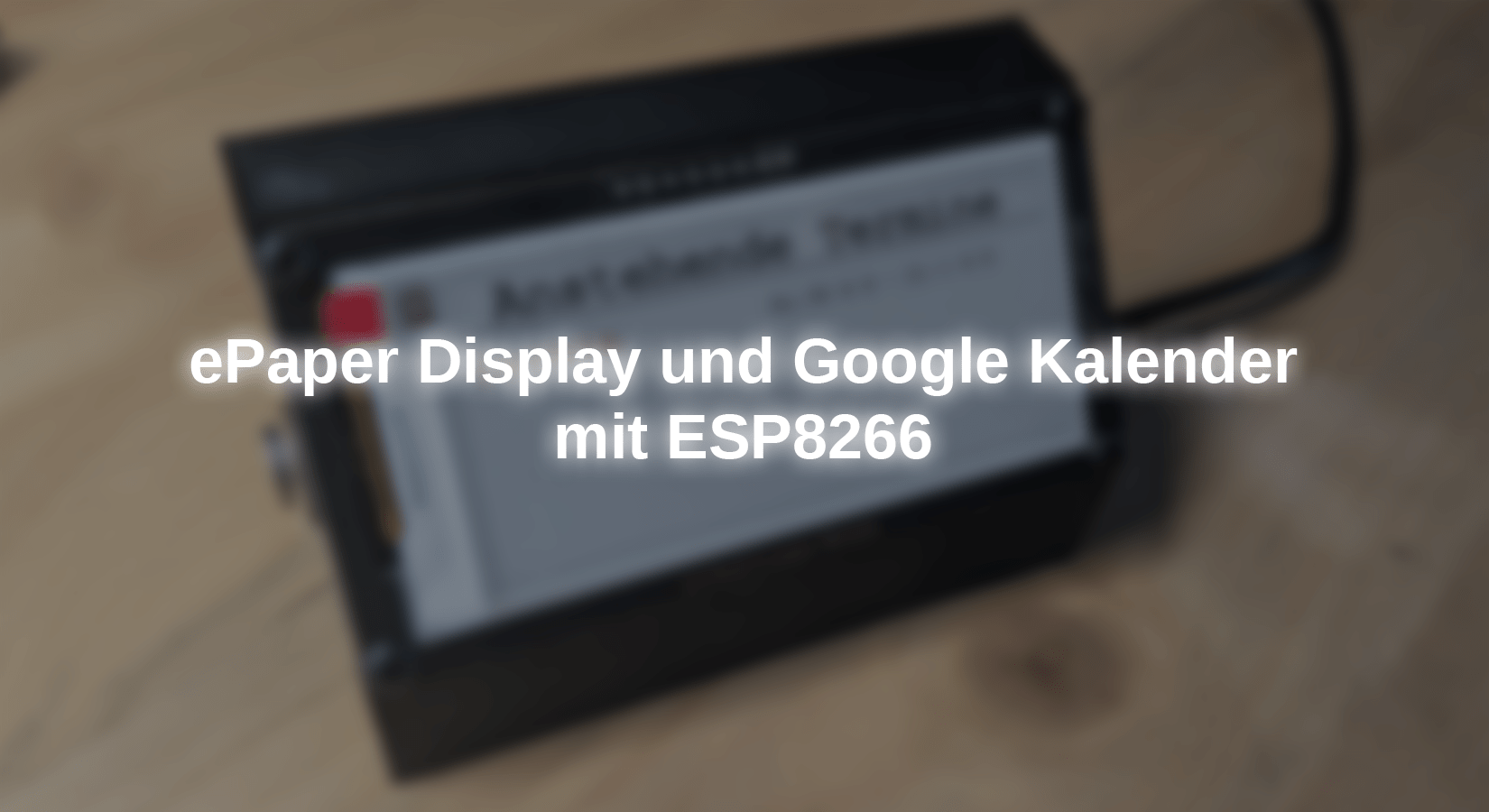

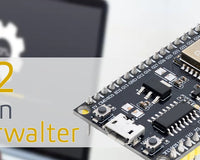
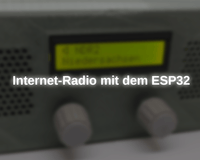
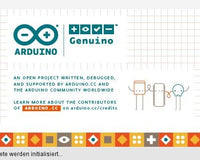
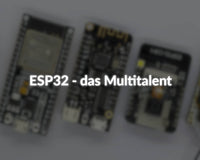




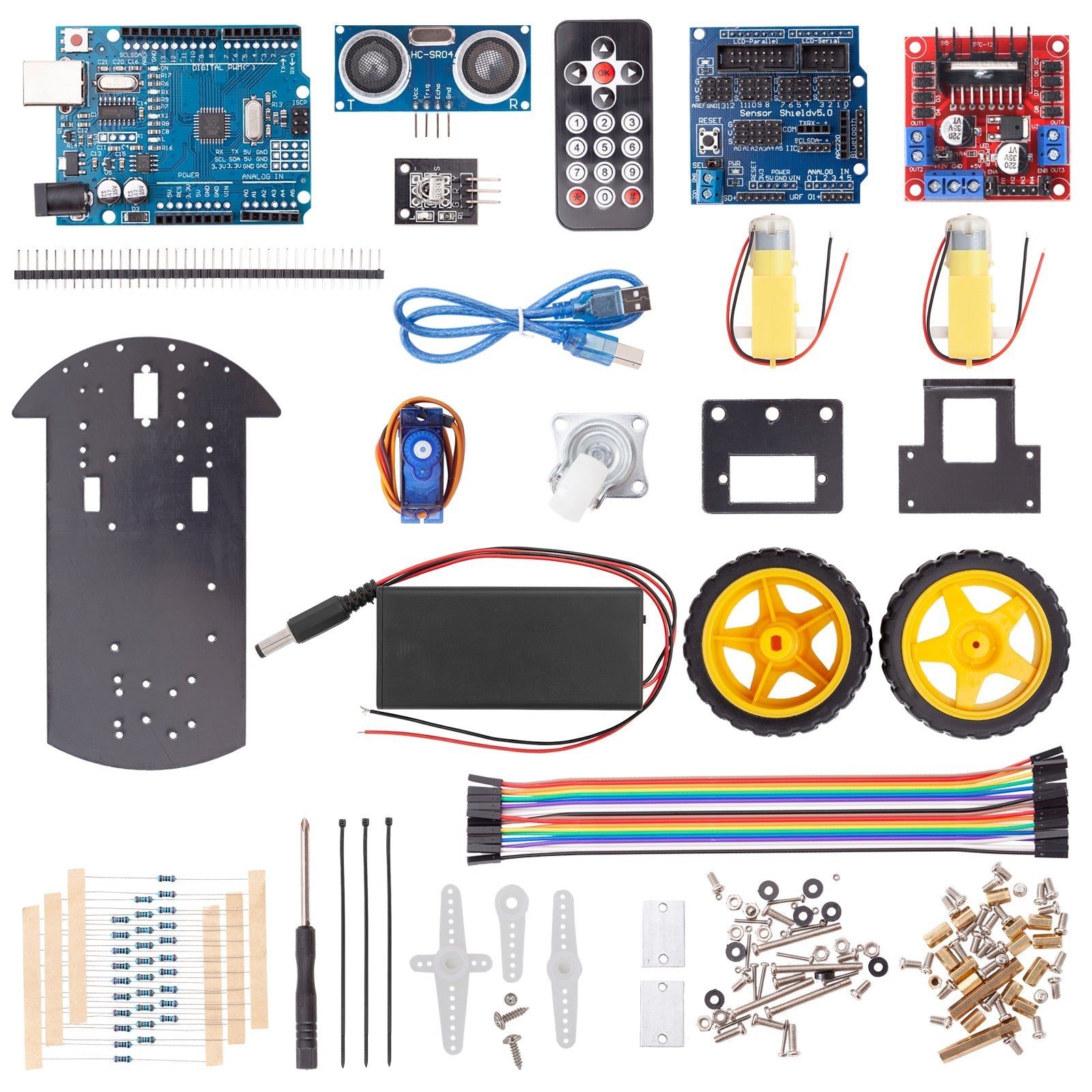
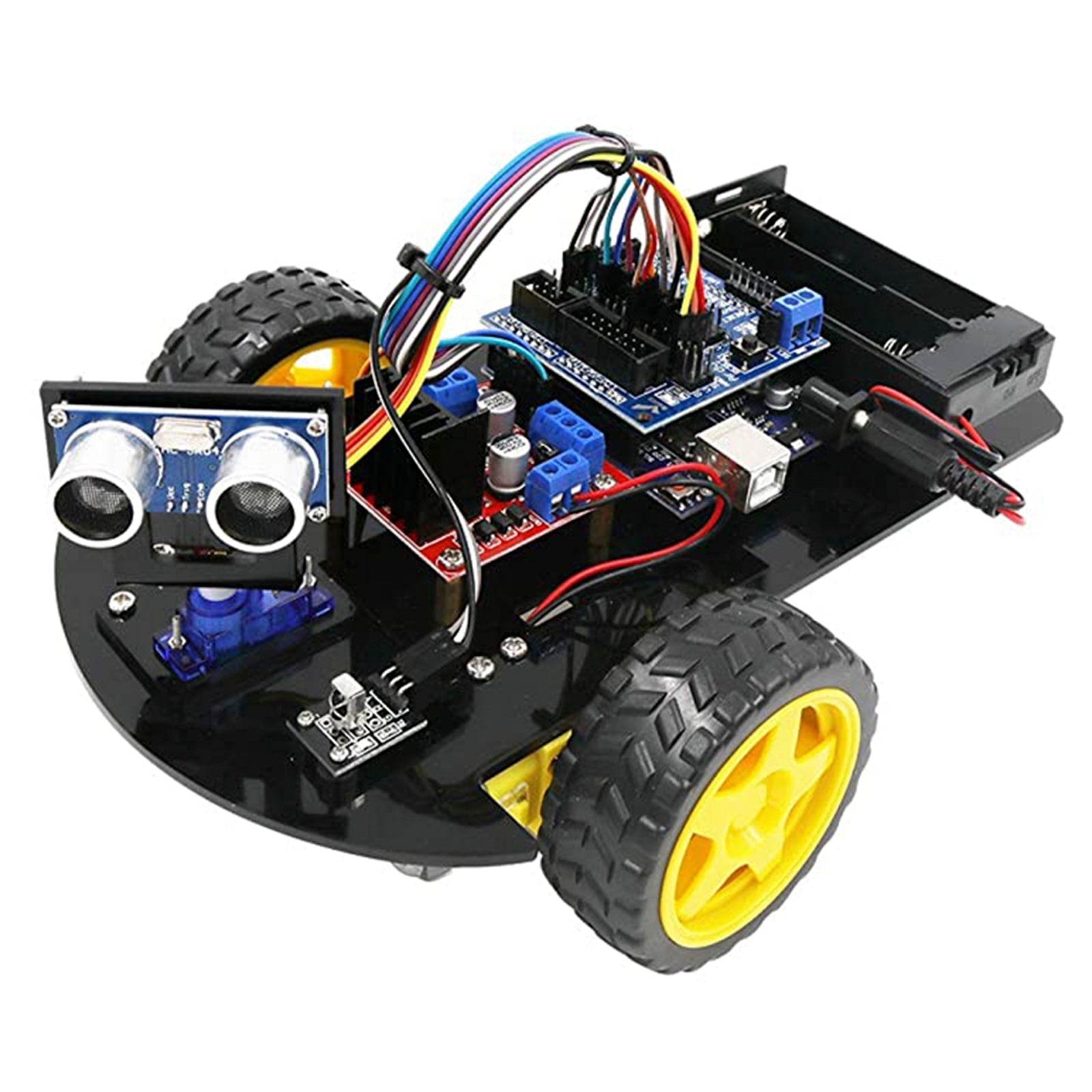
18 comments
Olli T.
Update:
“Arduino Jason” scheint mit dem Format was das Google Script ausgibt Probleme zu haben. Daher habe ich das Script umgeschrieben und den Arduino-Code geändert. Jetzt funktioniert’s wieder.
Olli T.
Nach 3 Monaten in denen der Kalender ohne Probleme funktioniert hat, bleibt das Display seit einer Woche leer.
Verbindung wird aufgebaut, das Bild im Display wird ebenfalls aktualisiert, Display bleibt aber leer bzw. Termine bleiben leer. Das Google Script läuft und funktioniert.
Hat jemand eine Idee woran das liegen könnte
Bernd Damme
Danke für die Hilfe. Erst nachdem ich die DebugMacros.h eingebunden habe, hat es funktioniert.
Andreas Wolter
@Bernd Damme: haben Sie die Bibliothek dort heruntergeladen?:
https://github.com/electronicsguy/ESP8266/tree/master/HTTPSRedirect
es gibt einen Verweis auf ein anderes Repo:
https://github.com/electronicsguy/HTTPSRedirect
Dort steht im Quelltext, dass es sich bei DPRINTLN um ein Macro handelt, dass in der DebugMacros.h definiert ist. Es scheint so, als würde diese Headerdatei nicht ordnungsgemäß eingebunden sein. Ich vermute, dass die Bibliothek nicht korrekt installiert ist. Das ist aber nur eine Vermutung.
Grüße,
Andreas Wolter
AZ-Delivery Blog
Bernd Damme
Hallo,
ich bin noch Anfänger und versuche vergeblich die Kalender.ino mit der Arduino-IDE zu kompilieren. Bekomme der Fehlercode: “Arduino\libraries\HTTPSRedirect\HTTPSRedirect.cpp:45:3: error: ‘DPRINTLN’ was not declared in this scope 45 | DPRINTLN;”
Was läuft falsch, was kann ich ändern? Habe ich die falsche Version der HTTPSRedirect.cpp?
Danke für die Hilfe, Bernd
Tom
Danke für den Tipp. Leider hat er zu keiner Verbesserung geführt. Ich habe die IDs alle überprüft, sogar nochmal ein neues Script angelegt und auch mein Handy als Hotspot anstatt meines Heim-WLANs verwendet. Alles hat nix geholfen, ich bekomme immer noch den Fehler 404. Gibt es noch irgendeine Idee? Der Test über den Brwoser funktioniert immer.
Gruß
Tom
Bastian Brumbi
@sven
Bitte überprüfen Sie, ob der Inhalt in der Antwort des Google Servers im Richtigen Format vorliegt (tStart; Titel; tEnd). Da die extract Funktion mit dem Modulo Operator arbeitet ist dies für die Reihenfolge von Bedeutung.
@tom
Wenn Sie über den Link die Antwort des Servers erhalten, sollte die URL stimmen. Überprüfen Sie, dass der Host und Path in den separaten Variablen getrennt sind. Leerzeichen am Anfang oder Ende könnten auch zu einem Fehler führen.
Tom
Hallo,
ich brauche auch ein wenig Hilfe:
Verbindungsaufbau klappt, aber das “client→Get” erzeugt den (HTML-)Fehler 404.
Das Script konnte ich mit der URL, die AppsScript zur Verfügung stellt, testen. Soweit scheint das in Ordnung zu sein. Ich habe die ID mehrfach überprüft.
Hat noch jemand einen Tipp für mich?
Danke
Sven Lorenzen
Hi @all,
leider funktioniert es bei nicht richtig, es wird mir nicht der Terminname (event) angezeigt, der Tag und Zeit ist auch nicht ganz richtig. Bei mir steht Fr; 20:15 – ;0 0:0 die Endzeit wird nicht angezeigt und nur 1 Termin obwohl mehr vorhanden sind.
Wenn ich den Link von WebApp aufrufe werden mir im Browser alle Termine angezeigt mit Terminname und der Startzeit/Endzeit.
Ausführen als
Ich
Zugriffsberechtigte
Jeder
Könnt ihr mir helfen ?
Danke im vorraus
Gruß Sven
Eckmar Schmitz
Ich habe ein Problem mit der Google Schnittstelle.
Es folgen nach dem ersten GET mit den bereitgestellten Daten von Google weitere Redirection und zwar von:
Host: script.google.com
GET /macros/s/key/exec nach
redirHost: accounts.google.com
GET /ServiceLogin?passive=xxxxx&continue=….. nächstes redir
GET /InteractiveLogin?continue=…….. nächstes redir
GET /v3/signin/identifier?continue=….. danach Status code: 200
Dann wird ein Cookie von 335324 Bytes geschickt. Dann wird die HTTPSRedirect verlassen aber es werden in der readCalendar Funktion mit getResponseBody keine Daten empfangen.
Ich habe das Ganze mal kurz als Windows Form App in .Net geschrieben. Dort läuft es ohne Probleme.
Reimund
Hallo wie druckt man denn das Gehäuse ? Mit Support?
Henry
Korrektur, man muss natürlich etwas in den Kalender eintragen, dann kommt etwas.
Die Berechtigung muss aber erteilt werden.
Jetzt muss nur noch der “richtige” Kalender laufen.
cu
Henry
Hallo,
auch bei einem neu angelegtem Kalender erfolgt diese Abfrage, da dies ja noch nichts mit dem Kalendernamen zu tun hat.
Zugriffsberechtigte “jeder” kann nur bei ausführen als “ich” ausgewählt werden.
Nach → weiter kommt die Abfrage.
Auch nach zulassen des Zugriffes der Webapp auf den Kalender kommen mit der URL keine Daten.
cu
Bastian Brumbi
Sehr geehrter Leser,
erstellen Sie einfach wie unter Punkt 1 beschrieben einen neuen Kalender auf der Google Calendar Website. Hier müssen Sie einen Namen für den Kalender eintragen, diesen Namen tragen Sie in die Google Script Datei anstatt Test ein. Eine weitere Autorisierung ist hier nicht notwendig.
Ich hoffe ich konnte ihnen Weiterhelfen.
Grüße,
Bastian Brumbi
Henry
Ganz so einfach wie beschrieben ist es nicht.
Wo findet man denn den korrekten Kalendernamen von Google, der statt (test) eingetragen werden muss?
Und “jeder” funktioniert auch nicht wie beschrieben, hier muss anschließend autorisiert werden, nur wie?
cu
Andreas Wolter
If you use the download, it should work. The original source code on the homepage may have been changed during translation.
Best regards,
Andreas Wolter
AZ-Delivery Blog
laatste
use the code from the german language page because the the english translation makes a mess of the original code.
Rob Versteden
The code to copy has several flaws. Use the printed one to correct it before implementing. I guess you have used an overactive spelling corrector.
But it’s a nice project!